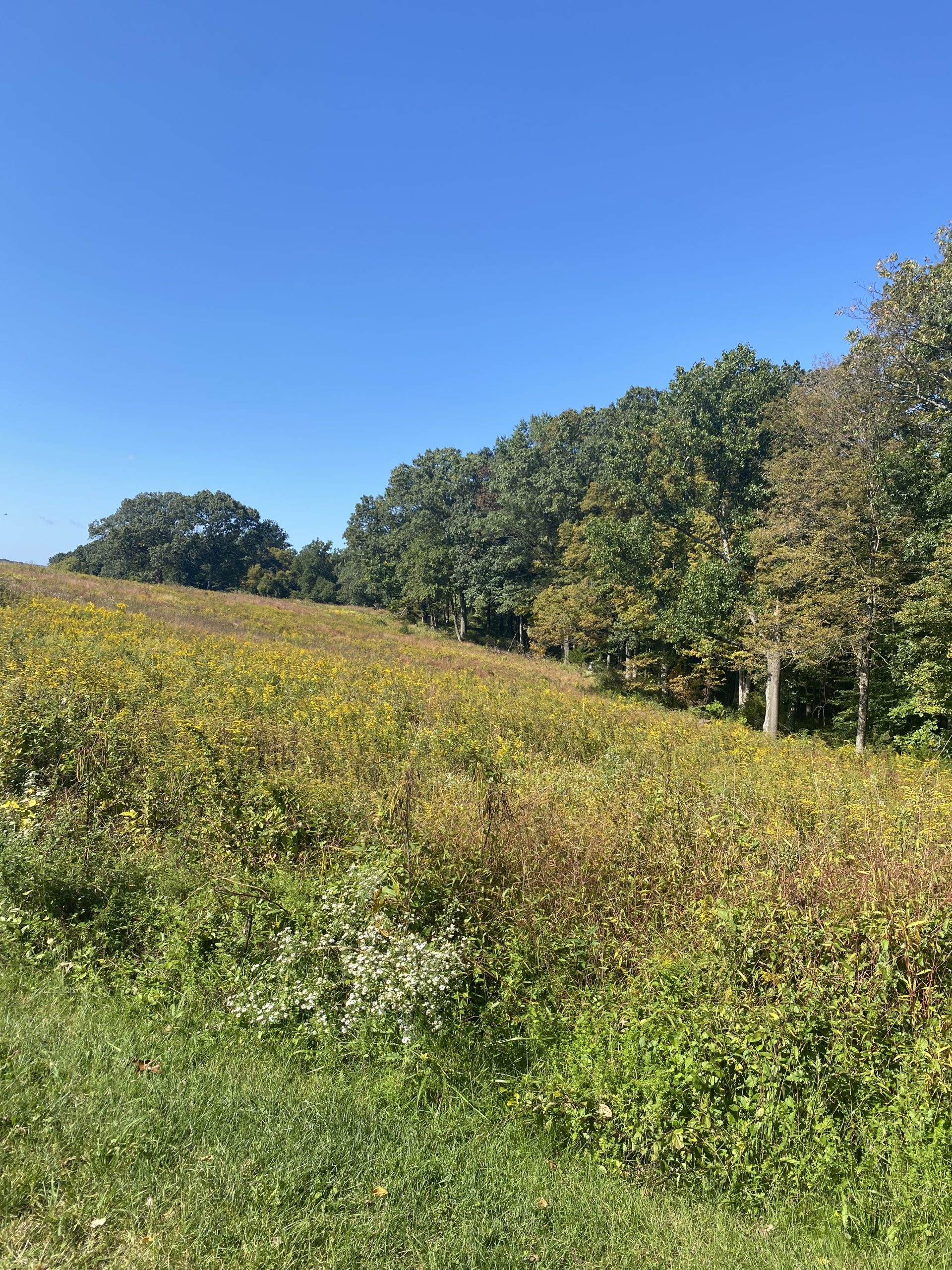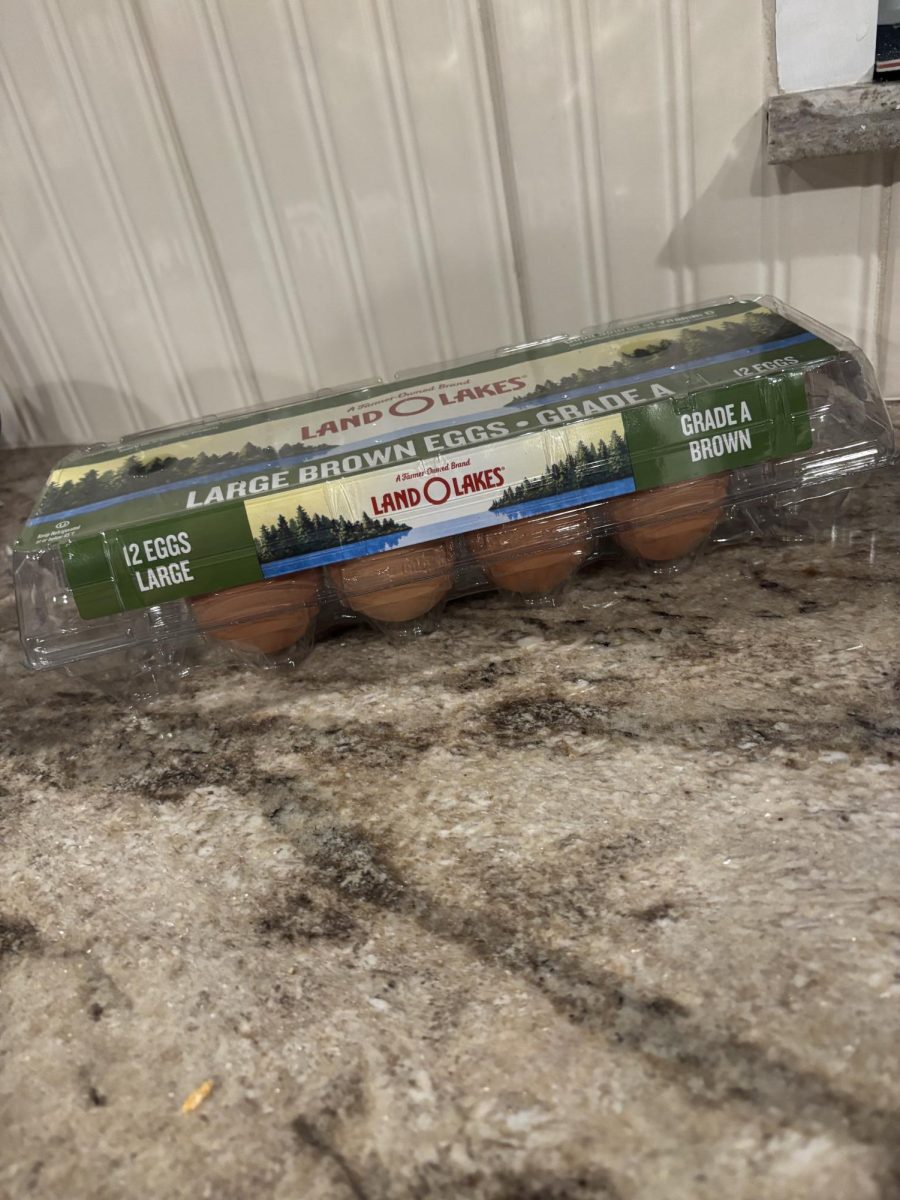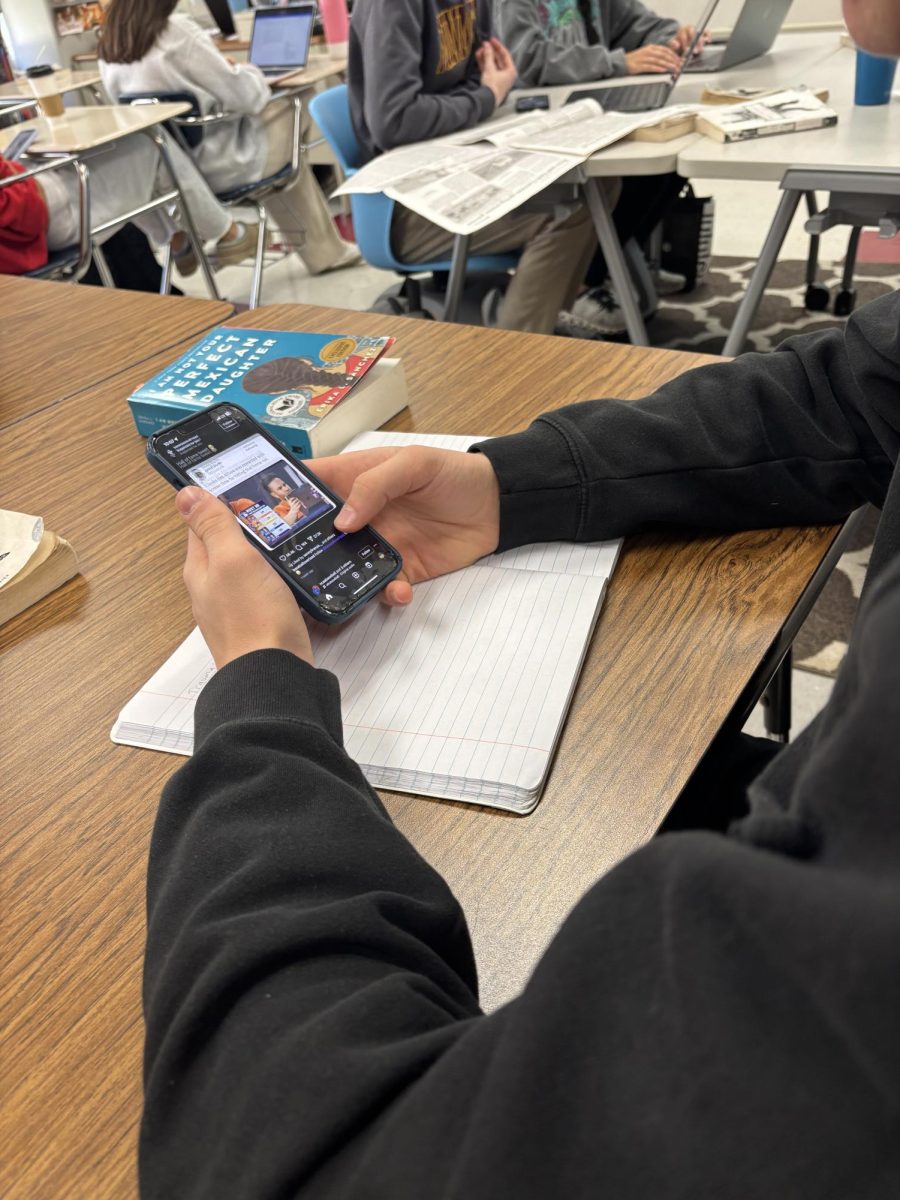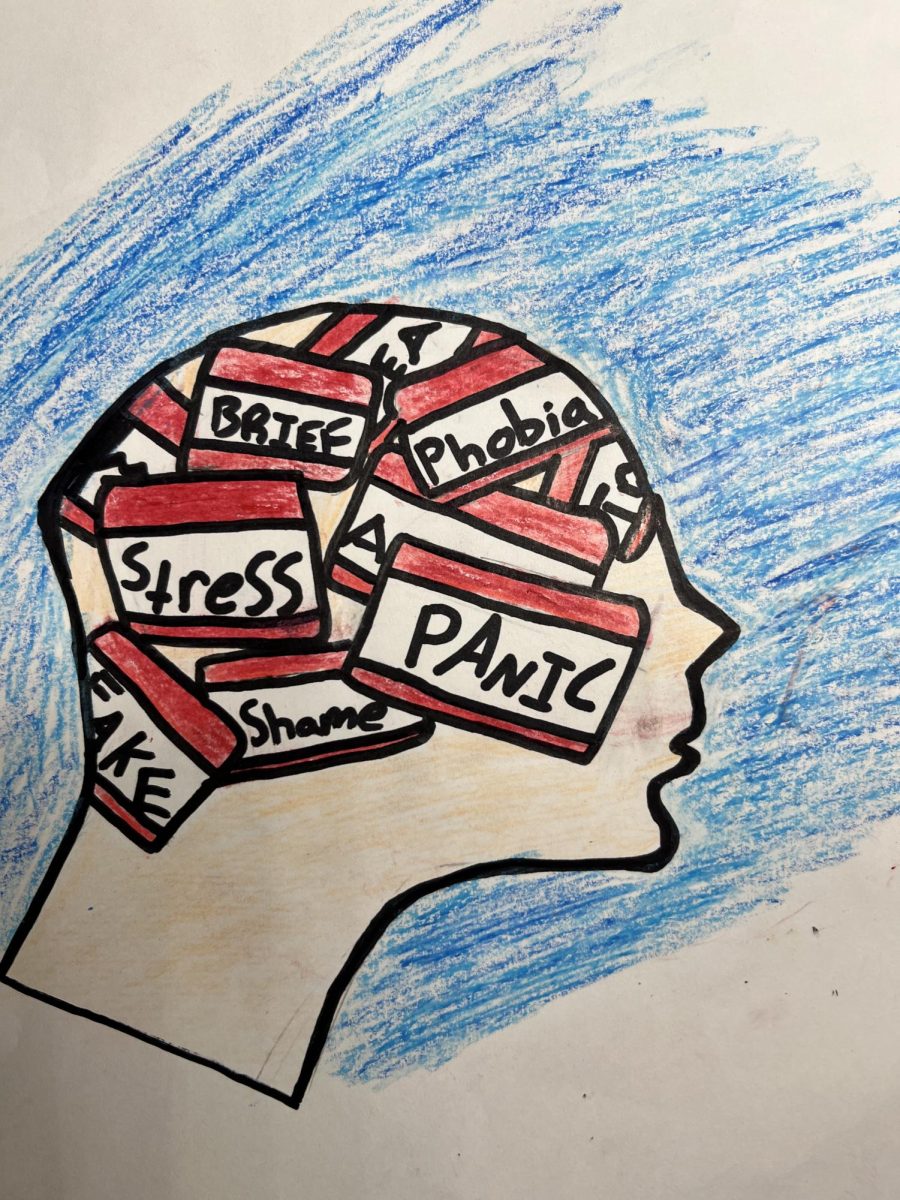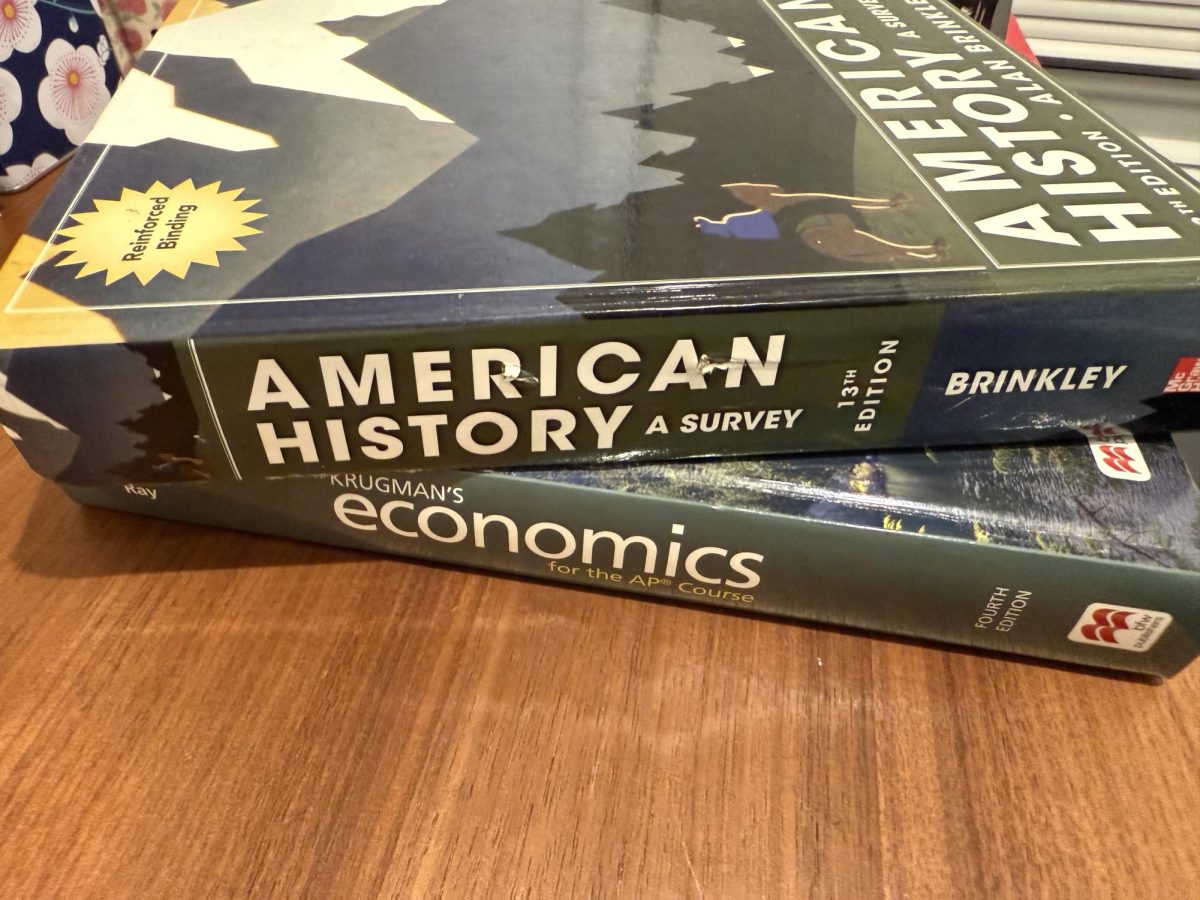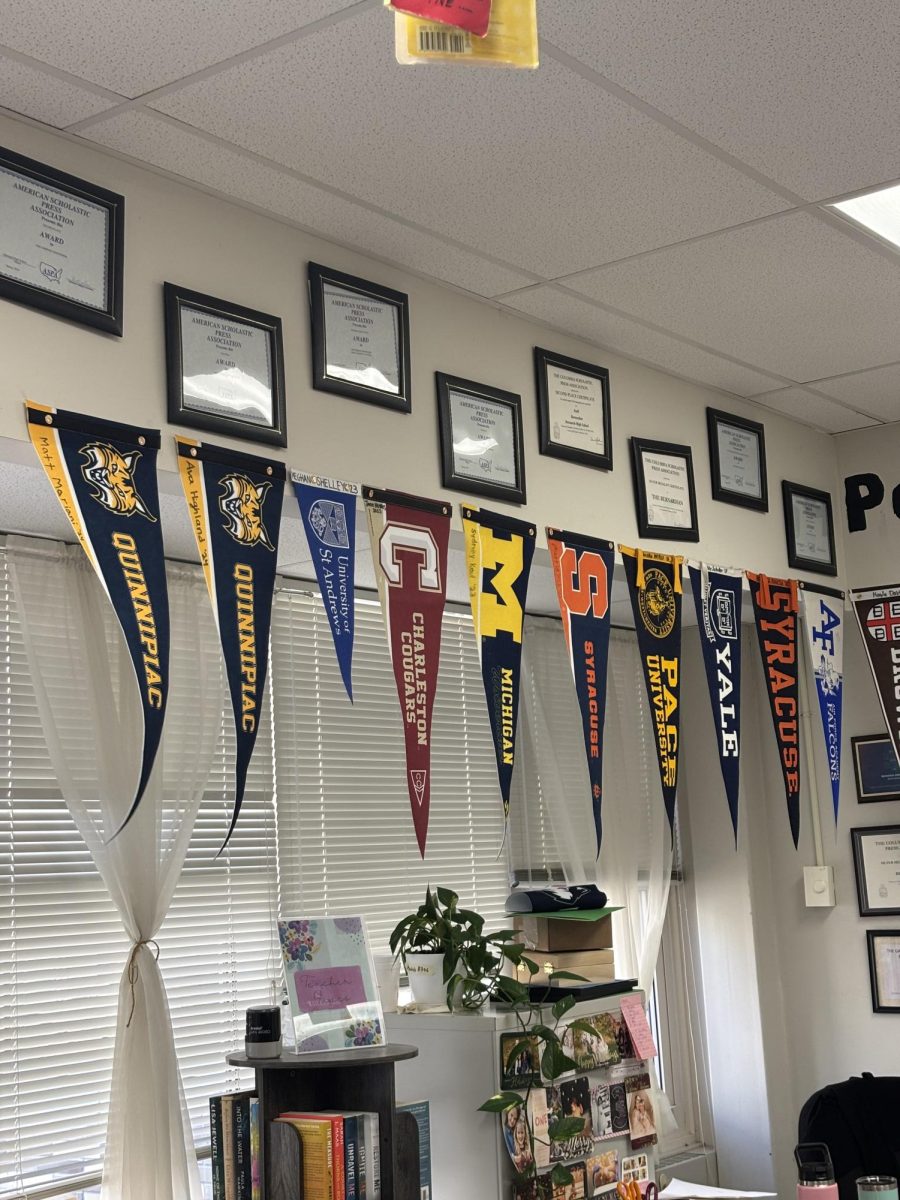A “third place” is a term to describe a location where you can connect with people over a shared activity and event. The term “third places” was created in the early 1990s by sociologist Ray Oldenburg as peoples’ working hours and suburbs grew. Home is the “first place”, work is the “second place”, and “third places” are common spaces. Third places help build characteristics for a better community like customer and community relationships, supporting a scheduled routine, and active involvement in one’s community.
For teens, third places have started to become prominent online. Virtual third places have turned to online communities like group chats, scrolling through social media, and displaying hobbies. Jonathan Reader, head Professor of Sociology and Chair at Drew University in Madison, New Jersey says, “Online communities with social media [is] so influential as it is multi-dimensional and fulfills varieties of needs to different people.”
Third Places, rather than being virtual, need to be physical places since people can build long-lasting connections and have a scheduled time to connect. Community spaces are important for students’ well-being. Because of the COVID-19 pandemic in 2020, communal social spots turned into risks to people’s health and safety. Now, small towns need to re-focus their attention on growing public spaces.
A 2021 census of Bernardsville states there is a population of over 7,800 in Bernardsville. Teens make up a large amount of that population. Downtown Bernardsville has grown with businesses like boutiques, salons, tech stores, and fitness places. However, high schoolers are the people who keep the Bernardsville Centre active.
The Bernardsville Centre has food spots such as Jersey Mikes, Chipotle, and Starbucks which tend to get crowded on early dismissal days with kids trying to find a spot to eat. These food spots get incredibly clogged with kids trying to sit and eat. Students flock to Starbucks as much as they can to pick up drinks, study, and hang out with friends. But Starbucks is crowded daily, with people of all ages coming from different towns to pick up drinks and stand in line. Many people discuss how they would love a local cafe to study and socialize. Additionally, a community spot that allows for a park with benches, tables, and an entertainment factor would allow kids opportunities to sit and have a space of their own.
Third places could also be parks and trails as Bernardsville currently does not have a well-developed park system. Peapack-Gladstone has an almost 500-acre park called Natirar Park that has walking trails, picnic tables, and areas of lawn. In recent years, there has been talk about building a park on Route 202. However, this has been furthered and people always wish there was a park.
While there are some downfalls and upsides to what the town has to offer, the biggest third place is open every day. All towns offer the library as a sanctuary for community members. Local libraries have always been the biggest third place for anyone. According to a survey taken of 60 Bernards High School students, 24 do not go to their local library and 36 go to their local library; and, 50 percent only go once a year.
Libraries are sacred spaces that offer many options for any age and background. Today, there has been a decline in people stepping foot in libraries. This decline has less to do with the actual library and more to do with people not visiting them.
Jonathan Reader states, “Social media and community participation are particularly in conflict. As you do a lot of the other, the other one drops.”
One solution is to re-invent libraries by creating spaces where people do not have to feel the need to only check out books and study. Educational spots, artist nooks, comfortable seating, art programs and having a reason to socialize create a desired community center.
Small towns thrive on community involvement. Designing areas to sustain peoples’ interests and needs is how social connections are going to thrive. Towns can attempt to ask community members what they want to see in the future to better their lives.

